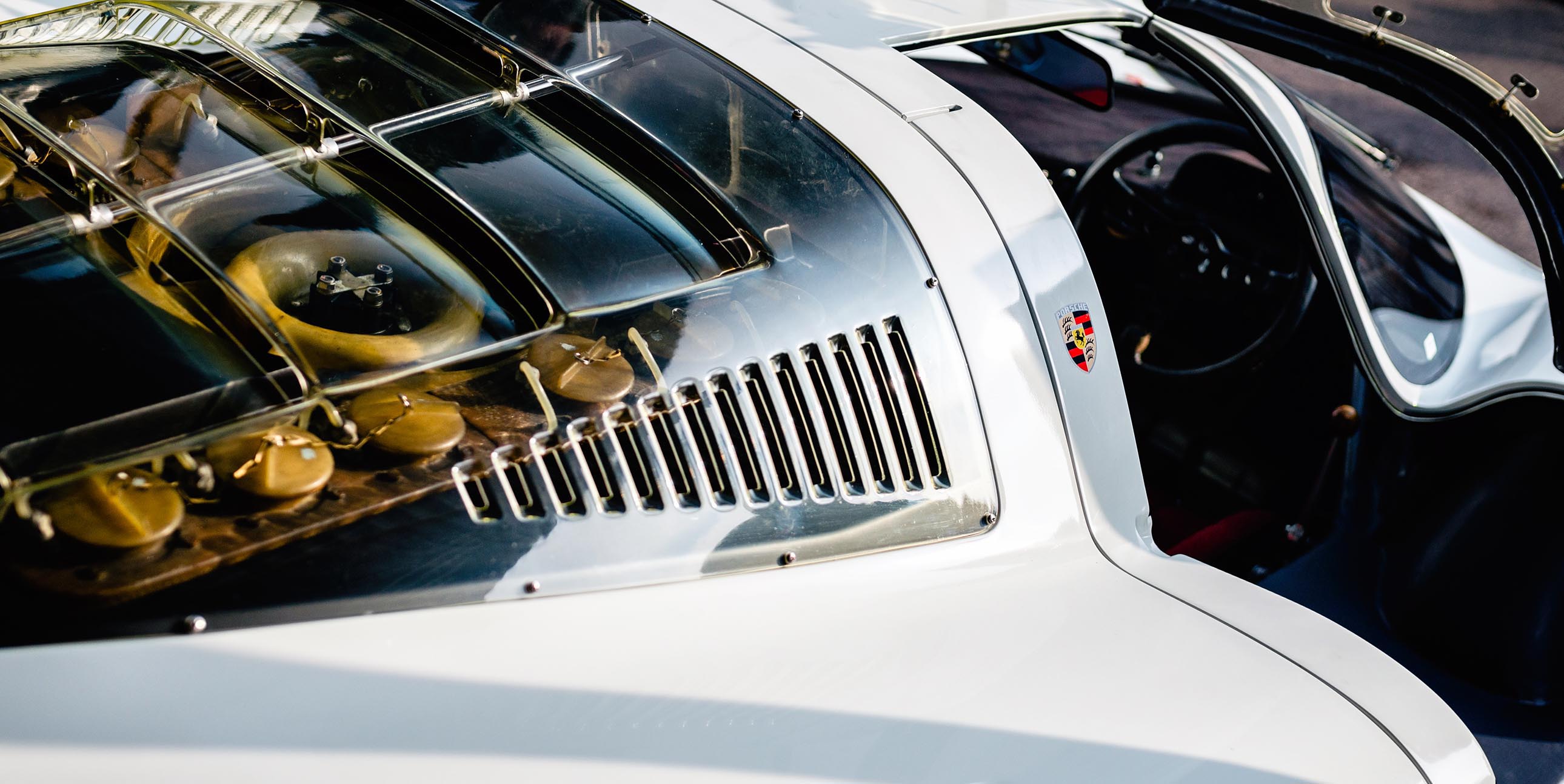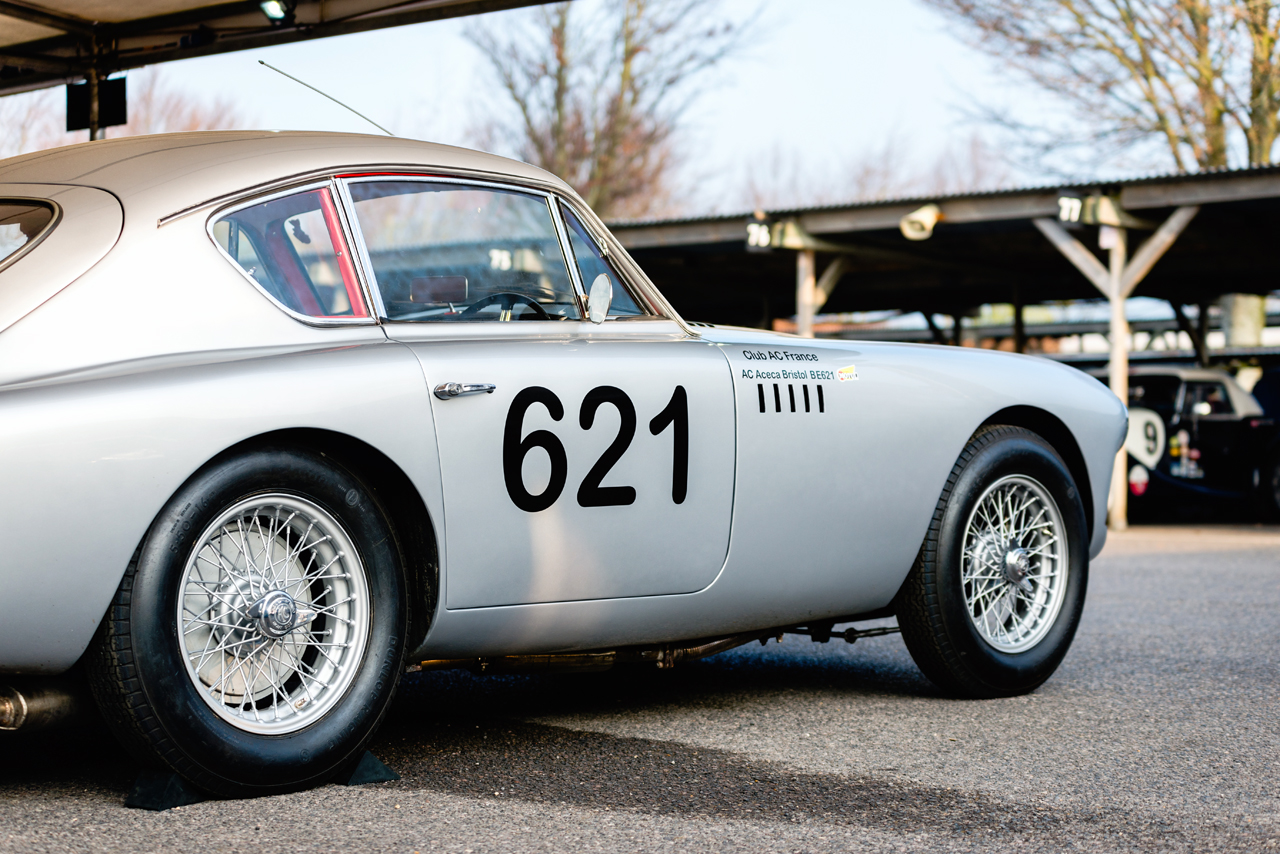
LOADING

LOADING
The 77th Goodwood Members' Meeting, held in April 2019, was a spectacular celebration of motorsport heritage, blending thrilling races with a deep appreciation for automotive history. This exclusive event, held at the iconic Goodwood Motor Circuit in West Sussex, continued the tradition of gathering motorsport enthusiasts for a weekend filled with high-octane action, vintage vehicles, and camaraderie.
Beyond the racing, the event also featured special demonstrations and parades, including a tribute to the Porsche 917, celebrating its 50th anniversary. This iconic car, which dominated endurance racing in the 1970s, was honored with a stunning display of both static and dynamic examples, allowing fans to experience the sights and sounds of a true racing legend.


Porsche's 917 is one of the most iconic racing cars in automotive history, and chassis 001 holds a special place as the prototype that sparked its legendary journey. Unveiled at the 1969 Geneva Motor Show, this particular car marked the beginning of Porsche's dominance in endurance racing.
Chassis 001 was the first in a series of 917s that would go on to define an era in motorsport. The 917 was designed to conquer the grueling 24 Hours of Le Mans, and it did so in spectacular fashion, winning in 1970 and 1971. However, 001 wasn't just a showpiece; it was the testbed for innovations that would make the 917 unbeatable. Featuring a 4.5-liter flat-12 engine capable of producing over 600 horsepower, it was a technical marvel of its time.
While chassis 001 itself never raced, its role as a development vehicle was crucial. It underwent extensive testing, helping Porsche refine the aerodynamics, engine performance, and overall reliability of the 917 series. These developments directly contributed to Porsche's success on the track, cementing the 917's status as a motorsport legend.
Today, Porsche 917 chassis 001 is revered as a priceless piece of automotive history, a symbol of Porsche's engineering prowess and a reminder of the brand's relentless pursuit of racing excellence.

The 1979 BMW M1 Procar is a masterpiece of automotive engineering, blending German precision with motorsport passion. Originally designed as a homologation special for Group 4 racing, the M1 was BMW's first and only mid-engined supercar, a testament to their commitment to performance and innovation.
The Procar series was born out of a unique partnership between BMW and Formula 1. To build excitement around the M1, BMW launched the Procar Championship, where the world's top F1 drivers competed in identically-prepared M1s. The series quickly became a fan favorite, with legendary drivers like Niki Lauda and Nelson Piquet battling it out on the track in these powerful machines.
Though the Procar series was short-lived, running only in 1979 and 1980, the M1 Procar left an indelible mark on motorsport history. It demonstrated BMW's ability to compete at the highest levels of racing and paved the way for future successes in touring car and endurance racing.
In the golden era of British sports cars, the AC Aceca and AC Ace Bristol stand out as icons of elegance, performance, and craftsmanship. These models, produced by AC Cars in the 1950s, are revered for their sleek designs, impressive engineering, and the pivotal role they played in shaping the future of sports cars.
Both the AC Aceca and AC Ace Bristol have left an indelible mark on automotive history. The Aceca is celebrated for its combination of beauty and comfort, representing the zenith of British GT cars of the era. Meanwhile, the Ace Bristol’s success on the track and its influence on the Shelby Cobra solidified its place as a crucial piece of sports car history.

The AC Aceca, introduced in 1954, was a beautiful gran turismo (GT) coupe, designed as a closed version of the AC Ace roadster. With its hand-formed aluminum body and sophisticated curves, the Aceca exuded a timeless elegance. Under the hood, the car initially featured the AC's own 2.0-liter straight-six engine, delivering modest power but smooth performance.
However, it wasn't just about looks. The Aceca was also praised for its advanced engineering. It featured a tubular frame chassis and independent suspension on all four wheels—an uncommon feature at the time—providing a smooth and balanced ride. The interior was luxurious, with leather seats and wood trim, making the Aceca as comfortable as it was stylish. This made it a favorite among enthusiasts looking for a balance between performance and refinement.
While the Aceca was about refinement, the AC Ace Bristol, introduced in 1956, was all about performance. The Ace Bristol was a variant of the AC Ace roadster but equipped with a more powerful engine—an inline-six 2.0-liter engine from Bristol Cars. This engine, derived from a pre-war BMW design, produced around 120 horsepower, significantly boosting the car’s performance and making it a serious contender on the racing circuit.
The AC Ace Bristol became particularly famous for its success in motorsport, including races like the 24 Hours of Le Mans. Its lightweight construction, combined with the Bristol engine’s reliability and power, allowed it to compete successfully against much more expensive and exotic cars. This racing pedigree laid the groundwork for what would eventually become the legendary Shelby Cobra when Carroll Shelby decided to fit the Ace with a Ford V8.